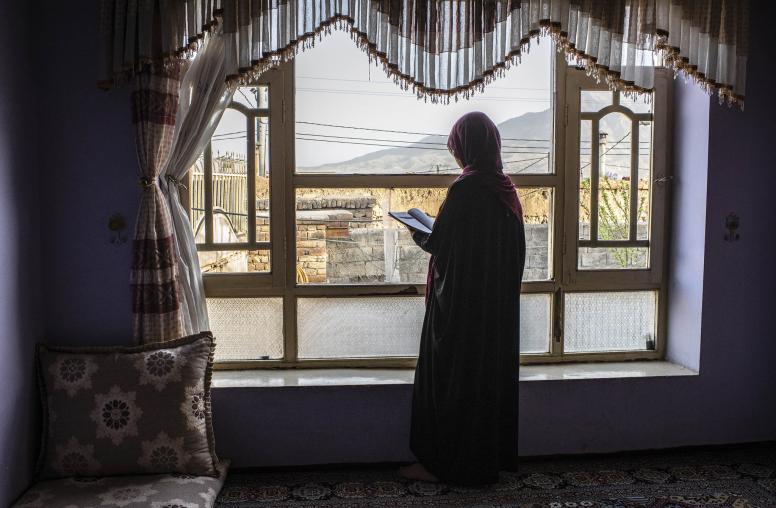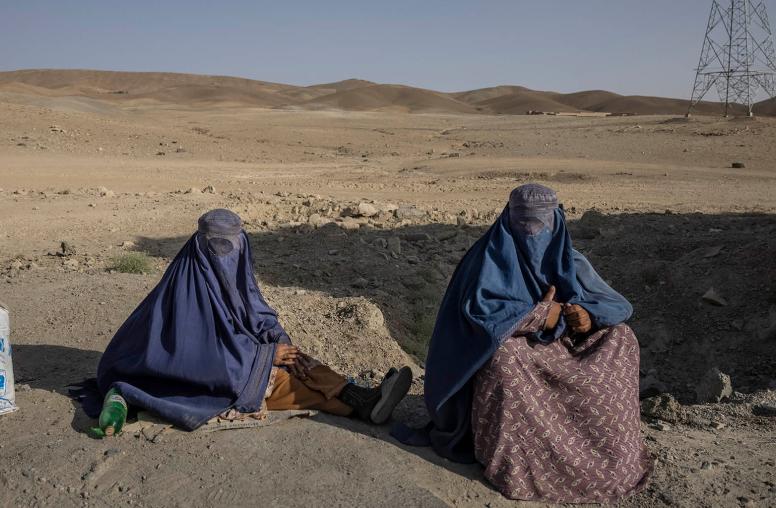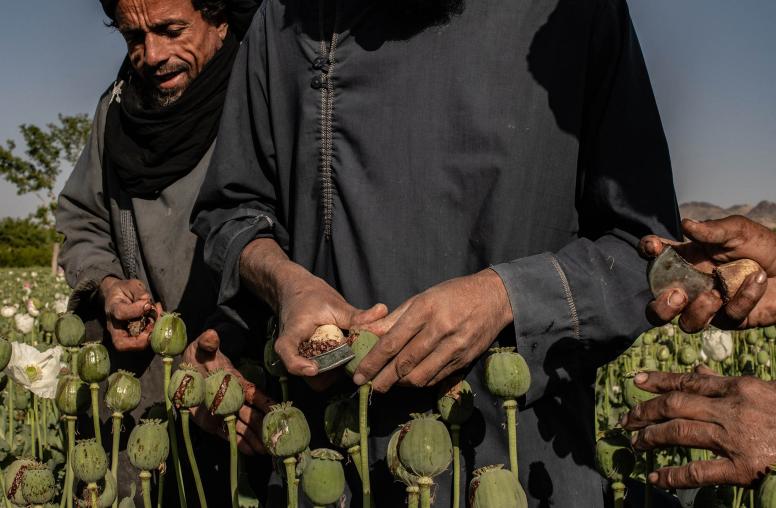Rethinking Afghan Local Governance Aid After Transition
Thirteen years into the current international campaign in Afghanistan and five years after the U.S.-led military surge of 2009, the drawdown of foreign troops and civilian-military installations is under way. The military struggle and contest for governance between the insurgency and the Kabul government has not been decisively resolved. How aid is delivered to the country’s more remote areas is changing dramatically. It is time for donors to rethink their approaches to local governance and development. Three areas are key: delivery of services, links between citizens and the government, and measuring progress. This report assesses lessons learned from donor efforts from 2009 to 2014 and looks to how donor strategies need to change in future efforts.
Summary
- The conclusion of the U.S.-led “surge” of 2009 onward and the closure of provincial reconstruction teams and other local civil-military installations have affected how aid is delivered in Afghanistan’s more remote and contested areas.
- The time is ripe for a recalibration of donor approaches to local governance and development in areas previously targeted by the surge.
- Specifically, foreign stakeholders should reexamine three central principles of their previous subnational governance strategy.
- First, donors should revise their conception of assisting service delivery from the previous approach, which often emphasized providing maximal inputs in a fragmented way, to a more restrained vision that stresses predictability and reliability and acknowledges the interlinked nature of politics, justice, and sectoral services in the eyes of the local population.
- Second, donors should reframe their goal of establishing linkages between the Afghan government and population by acknowledging that the main obstacles to improving center-periphery communication and execution are often political and structural rather than technical.
- Third, donors should revise the way they define, discuss, and measure local governance progress in contested areas, away from favoring snapshots of inputs and perceptions and toward capturing longer-term changes on the ground in processes, structures, and incentives.
- The coming political and development aid transition provides an overdue opportunity for Afghan governance priorities to come to the fore. At the same time, the ever growing chasm between Kabul’s deliberations on the one hand and local governance as experienced in more remote, insurgency-wracked areas on the other presents renewed risks.
- In the short term, donors let the air out of the aid bubble carefully. In the long term, resolving Afghanistan’s local governance challenges continues to demand sustained commitment and systematic execution.
About the Report
This report assesses donor subnational governance assistance efforts in Afghanistan’s more remote and contested areas from 2009 to 2014 and recommends revised approaches going forward. Part of broader analytical work being done by the United States Institute of Peace (USIP) on Afghanistan’s ongoing political transition, the study builds on the author’s 2012 USIP report, “The U.S. Surge and Afghan Local Governance.” Fieldwork interviews for this report were conducted in Afghanistan and Washington in the spring of 2014.
About the Author
Frances Brown, formerly an Afghanistan Fellow at USIP, has worked in and on Afghanistan since 2004. Currently a doctoral candidate at the University of Oxford, she previously held roles with the Afghanistan Research and Evaluation Unit and the U.S. Agency for International Development.



